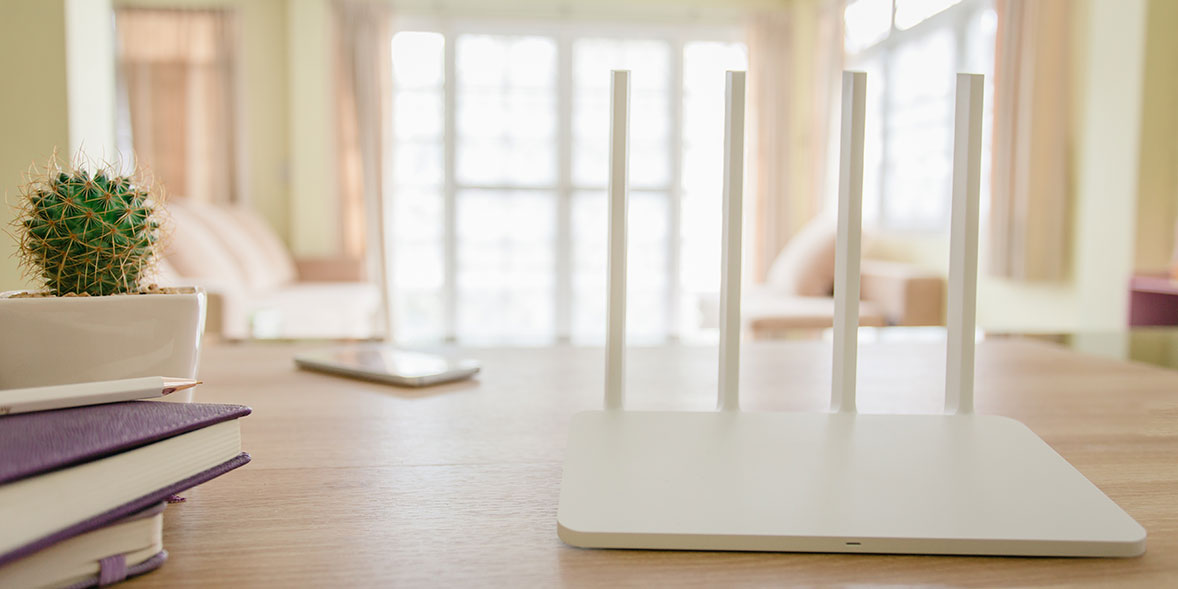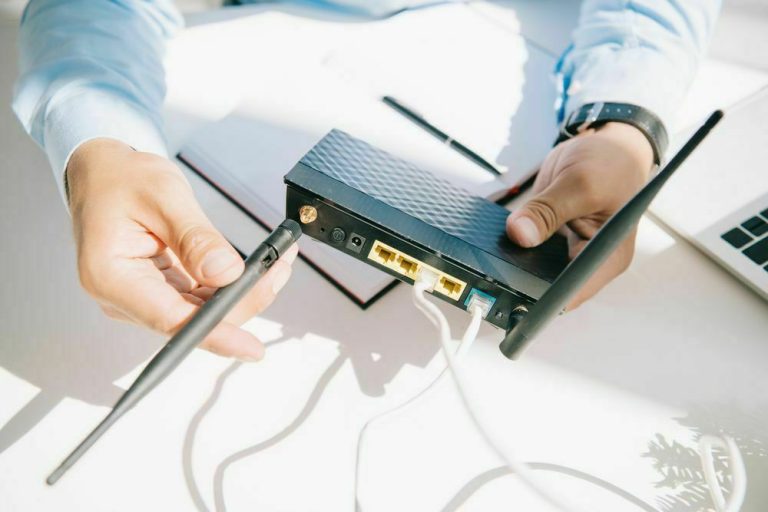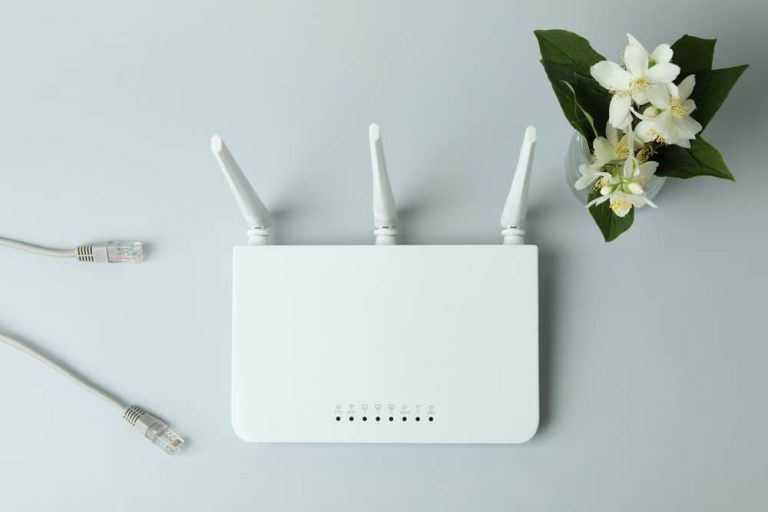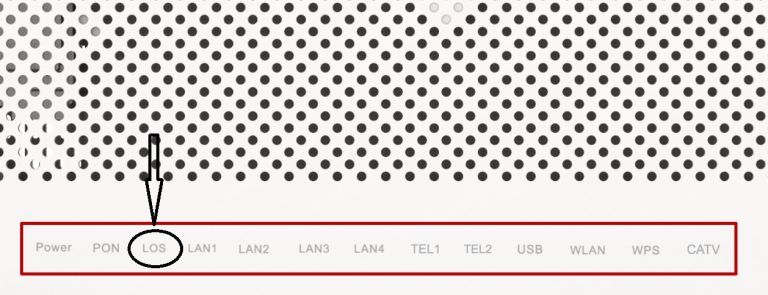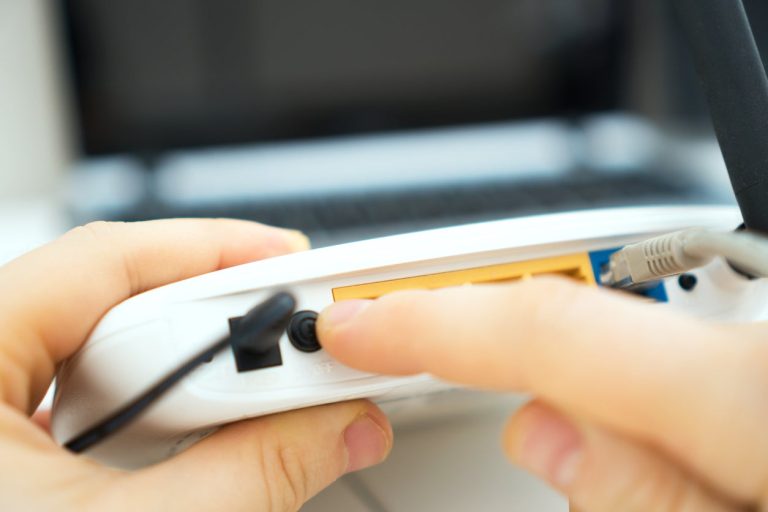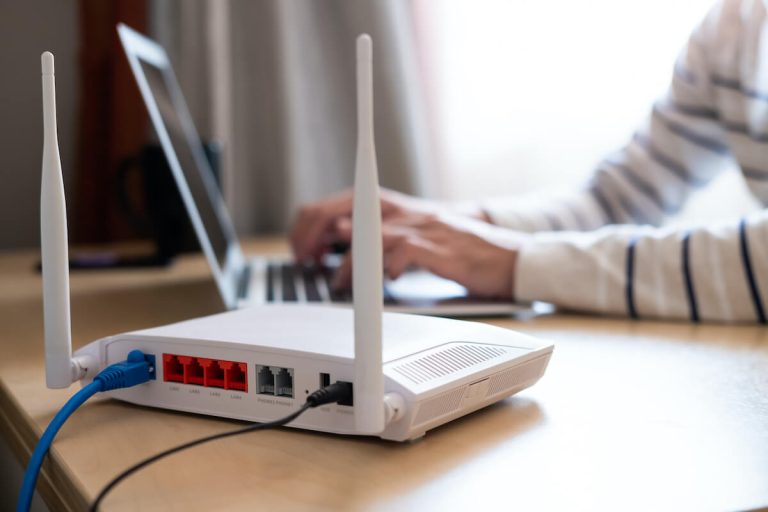Does A Factory Reset Remove Firmware Updates?
If you have slow internet, you have likely tried everything you can to fix your router but to no avail. And perhaps you are considering doing a factory reset to restore the fast speeds.
Before you press the reset button, you should know what impact a factory reset has on the firmware updates and the precautions you should take.
So, what are the implications of a factory reset on your router’s firmware? Furthermore, are there any other consequences of a factory reset you need to know about?
Let’s find out.
What is a factory reset?
A factory reset is like a reboot of your entire network. When you reset your router, you restore all the settings it had when it left the factory.
The admin name and password that you use to access your router’s interface get reverted to the default one that your router came with. Furthermore, your Wi-Fi name and password also default back to the initial ones set by the manufacturer of your router.
Does a Factory Reset Erase Firmware Updates?
Firmware updates improve your router’s internet and security by taking care of any vulnerabilities on your network that might risk your data. But does a factory reset delete the updates you made to your firmware?
The answer is yes. When you reset your router back to factory settings, it wipes all the data you had on your router. That includes all the firmware updates you have done on your router.
Your router’s firmware reverts to the one your router had when you first bought it. Once you reset your router, you will have to upgrade your router’s firmware once again to get the newest version and ensure reliable internet.
What Are the Disadvantages of a Factory Reset?
A factory reset is a powerful troubleshooting tool. However, it has its downsides that you should consider before pressing that reset button.
Let’s discuss the disadvantages of a factory reset:
You will lose any custom settings
When you do a factory reset, you’re wiping out all custom settings you have set up on your router. That includes your Wi-Fi network name, password, and any port forwarding or firewall rules you’ve set up.
The hassles of reconfiguration
After a reset, you’ll need to spend time reconfiguring your router. This can be a hassle, especially if you have complex settings in place. You’ll have to reconfigure your network settings from scratch.
You will encounter network disruptions
While your router is resetting, your internet connection gets temporarily disrupted. An internet disruption can be inconvenient, especially if you are doing something that relies on an internet connection. It can also affect other people in your household using the internet.
You can encounter configuration errors
During reconfiguration, there’s always a chance of making mistakes or overlooking settings. When you make configuration errors, it could lead to network issues or security vulnerabilities. Your data could be at risk from attack and misuse by malicious people like cyber-criminals.
You will lose your firmware updates
Factory resets often erase firmware updates. When your router’s firmware version is outdated, your network may end up having vulnerabilities that malicious people can take advantage of.
Your data becomes at risk of attack and misuse if the wrong people access it. Therefore, you’ll need to update your router’s firmware again after the reset.
The reset might not solve the problem
Resetting should be a last resort since It doesn’t always fix the underlying issue. If your router has issues related to your ISP or external factors, a factory reset might not solve the issues.
After the reset, you will go through the hustle to reconfigure your router, but you will still have the same internet issues. It would help if you first were sure of the issue you are dealing with before you do a factory reset on your router.
You will need to backup your data
Another hassle of a reset is the issue of data loss. You may have important data on devices connected to your network you want to protect. You will have to go through the hassle of backing up your data. If you do not back your data up, the factory reset could disrupt your access to shared files or connected devices.
When Should You Consider a Factory Reset?
A factory reset should be your last resort, especially if you’re facing persistent issues with your router. Before hitting that reset button, consider other troubleshooting tools. You can try power cycling your router, updating its firmware, or contacting customer support for guidance.
Additionally, when facing issues with your ISP or signal interference, a factory reset is probably not the best option for you. Therefore, run a thorough diagnosis before you choose to factory reset your router.
Other Ways to Fix Your Router’s Issues Instead of Doing a Factory Reset
There are alternatives to a factory reset that can help you resolve router issues without losing firmware updates or any other settings you have on your router. You can troubleshoot your router issues by power cycling your router, checking for interference, or adjusting your network settings.
Changing the router channel and upgrading your internet package are also good options that you can consider. You can exhaust these options to solve your internet problem without resorting to a factory reset.
Conclusion
Factory reset is a powerful troubleshooting tool, but it comes with its consequences. Although it solves issues you may be having with your network, a factory reset will remove the firmware updates you have on your router, plus other custom settings you have set up. Therefore, consider a factory reset as a last resort when all the other troubleshooting tools have failed.
FAQ
Does a factory reset remove viruses?
A factory reset won’t remove viruses from your router. You’ll need to run a separate virus scan to locate and deal with any virus threats. Alternatively, you can update your router’s firmware. Firmware updates deal with any security vulnerabilities your network may have.
Should I factory reset my router after a firmware update?
You don’t need to do a factory reset after a firmware update. You could reboot your router to refresh your network and make sure your router gets the firmware update. However, for some routers, you don’t have to manually power cycle it. They automatically reboot after a firmware update. One thing to remember is that a firmware update doesn’t affect your settings.
What happens if I don’t update my firmware?
When you fail to update your router’s firmware, your network becomes vulnerable to security threats. Additionally, an outdated firmware version compromises the internet speed of your router. Therefore, make regular updates to your firmware version to ensure you have a stable, secure, and reliable internet connection.
How do I make sure I have the latest firmware?
First, check your router’s firmware version by logging on to your router’s web interface. Once you know your router’s firmware version, visit your router’s manufacturer’s website and check for any updates and install if necessary. If already know your router’s firmware version, a regular check on your router manufacturer’s website will keep you up to speed with any updates.
